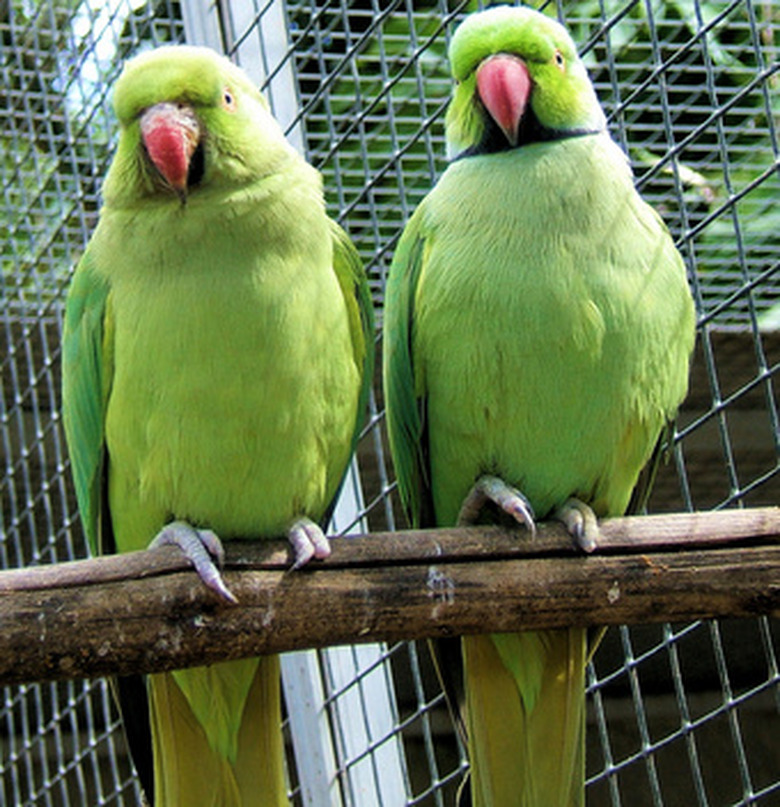How To Teach A Ringneck Parrot To Talk
One of the things that makes ringneck parrots such great pets is their ability to learn to speak. They learn by simply listening to you, so with some patience and repetition, your ringneck parrot will be mimicking words and phrases in no time. Take care when you speak around your parrot, as he will most likely repeat the phrases most commonly used in your home.
Ringneck personality considerations
Ringneck personality considerations
Ringneck parrots are outgoing birds that need a lot of attention. If you hold and interact with them regularly, they are tame and sweet companions. However, if you neglect these beautiful birds, they may act wild and start biting. Regular interaction is not only important to ensure your ringneck is a well-behaved pet but it also builds trust, which is important for your ringneck to learn from you. Most ringneck parrots are quite vocal, and once they pick up words, they will repeat them often.
Of course, each bird is unique and has his own personality. While this species is capable of speech and you can teach most birds, not all birds will pick it up. Keep in mind that they aren't capable of speech until they are about 8 to 12 months old. However, you don't want to wait to start talking to your parrot; start right away so he can learn words to speak when he is ready. Be prepared to be patient and enjoy your parrot regardless of how talkative he turns out to be.
Teach new words and phrases
Teach new words and phrases
Choose some words and phrases to teach your parrot. "Hello" and "goodbye" are great options to start with. Repeat them frequently. Every time you approach the cage, say "hello." When you walk away, say "goodbye." Not only will your parrot learn the phrases but she will likely also learn when to use them and start saying hello and goodbye when you enter or leave the room.
You can also have a focused session to teach other desired phrases and words. It is best to have this session when your bird is most vocal, which for most ringnecks will be in the morning or early evening. Avoid times when your parrot is naturally quiet, tired, or distracted. Ringneck parrots have the capacity to learn about 200 words.
When you speak phrases you want your ringneck parrot to learn and repeat, be sure to use emotion. Keep a positive tone but increase the volume of your voice and be enthusiastic. This heightened emotion will help your bird learn and retain the new words.
Reward all progress
Reward all progress
When your ringneck parrot does speak, be sure to praise her and offer a treat as a reward. Your ringneck parrot's first words may not be clear, but you should still reward the effort. If your bird has a favorite treat, save them to use as a reward when she speaks. If you are teaching her the words for some of her toys or vegetables and she says the word, be sure to bring her the item to reinforce the connection and to reward her.
If your bird says a word or phrase you don't want her to use, you have a couple of options. Never yell at or punish your bird. Either don't respond at all to the undesirable speech or answer your bird with a phrase you would prefer she use instead.
Ringneck parrot training tips
Ringneck parrot training tips
Higher-pitched voices often work better when teaching parrots to speak. Men can raise the pitch of their voice or ask a female friend or family member to help with the process. If your bird is having difficulty with longer words, teach the first syllable first, then add the second, and so on. You can also consider letting your bird spend time with the TV or radio playing so he can acclimate to hearing more voices.
